Celebrating 40 years as a community building that builds community
April 9th, 2021
Since opening on June 19, 1983, BC Place has become one of Canada's most recognizable and renowned venues for sport, arts and culture, and community gatherings. Not only home of the BC Lions Football Club, Vancouver Whitecaps FC, and the BC Sports Hall of Fame, the stadium hosts many exciting and diverse events each year to the benefit of local communities and the entire province of B.C.
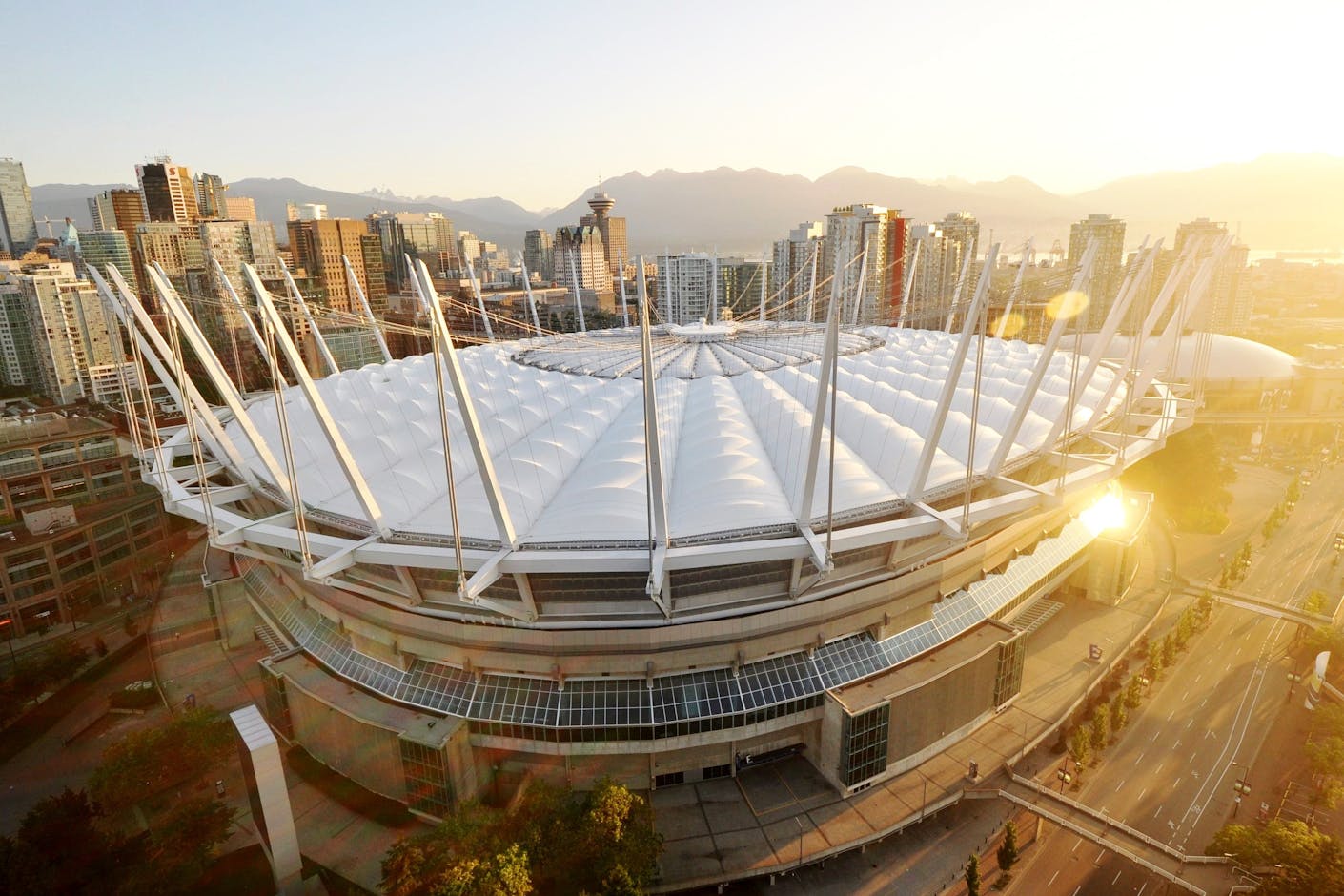
This month marks 40 years since construction on BC Place Stadium began in 1981. To celebrate this anniversary, we spoke with David Campbell, Principal and President of Geiger Engineers, who has a unique connection to the venue.
You worked on the original construction of the stadium, starting back in 1981, as well as the revitalization project in 2011. What was your role for each project?
At the time of the original project, I was an engineer-in-training for Geiger Berger Associates in New York City, which was the engineering consultant responsible for the design of the air-supported fabric roof. My project role was in developing the numerical model of the stadium roof, analyzing it, and sizing the cables and fabric membrane under the supervision of Dr. David Geiger and others at the firm. The firm established a small office in Vancouver and I was offered the opportunity to transfer there to work on the stadium roof. I jumped at this opportunity as I was not really a New York City person. Frankly, this was my dream assignment. It was challenging work on a fantastic building in the most wonderful city I have had the good fortune to live in. I stayed with the project through its construction as a project engineer.
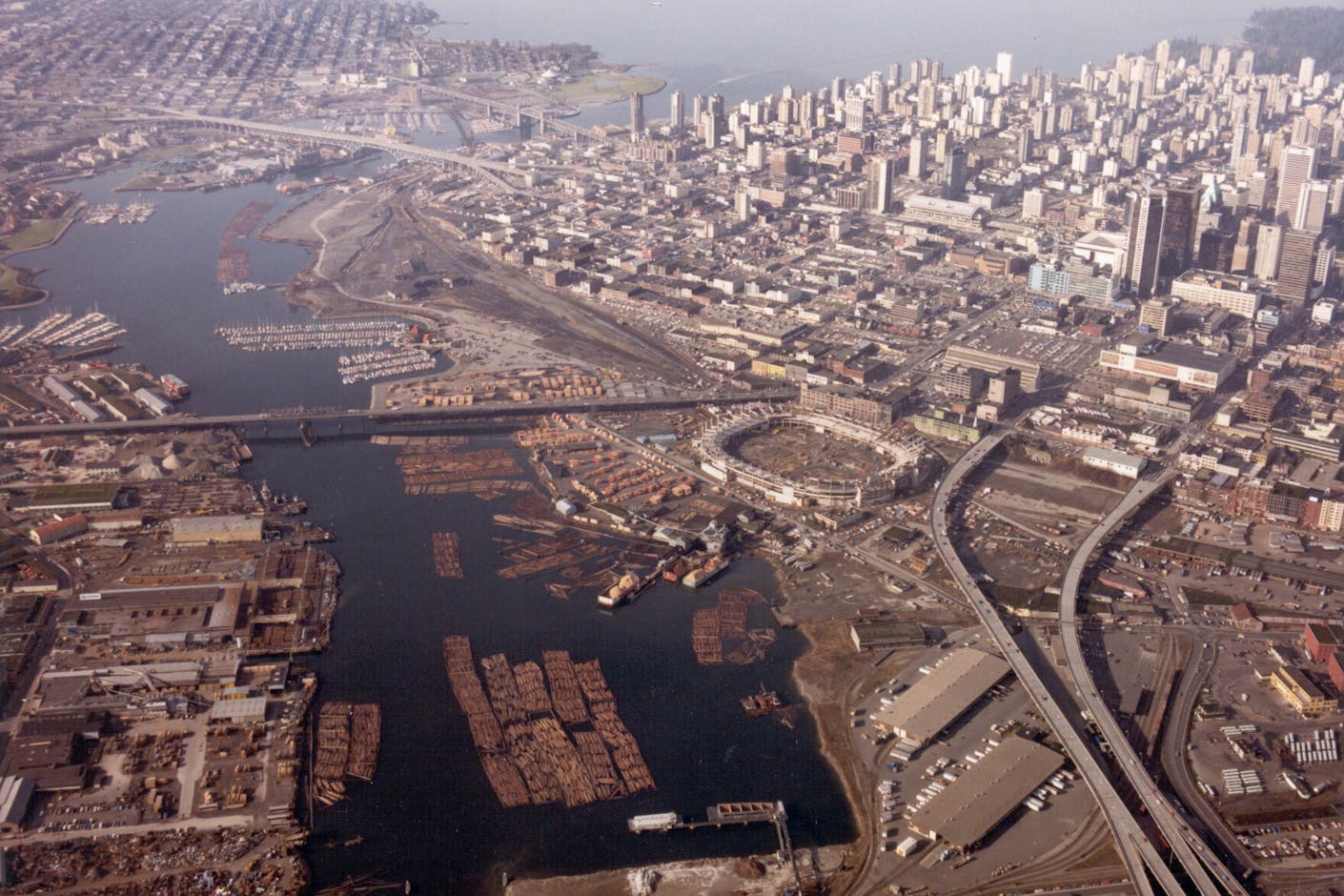
I had the privilege and responsibility to lead the new roof design and engineering for the BC Place revitalization project in 2008 as principal in charge and the Engineer of Record for the new roof. I was CEO of Geiger Engineers and was able to shed some of my firm management duties to my partners so as to concentrate on the stadium revitalization project.
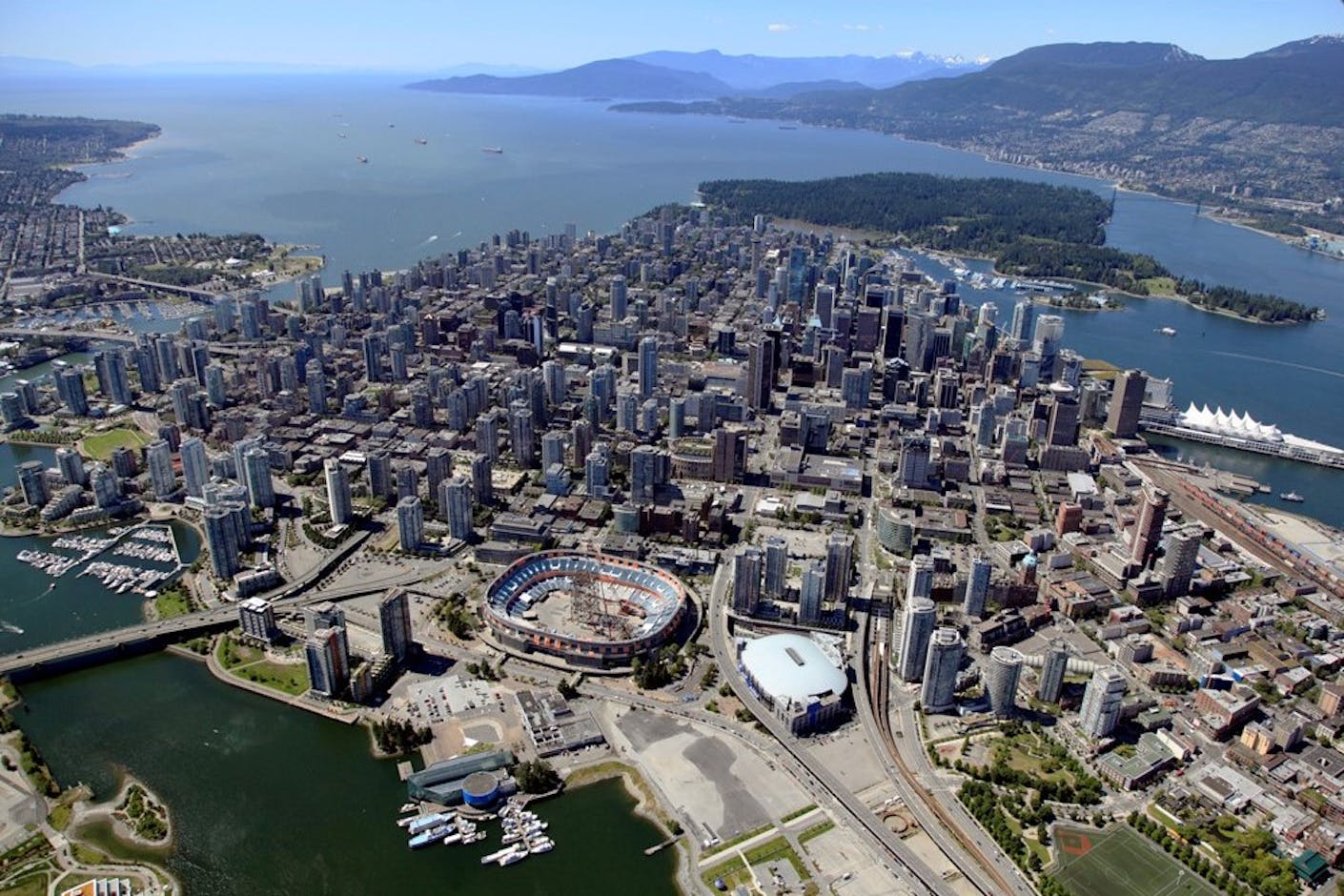
What are some of your favourite memories from each of these experiences?
For both projects I had the opportunity to work for and collaborate with some very talented and gifted people. In both instances I learned much and am better for it. On a personal level, I recall a moment on site in 1982 when the scale of the roof really struck me. For over a year my design experience with the roof had been in numbers and images on the CRT screen (monitor) of a computer terminal, possibly 400mm wide and with the design drawings on the order of 1.2m wide. I was not prepared for the geographic proportions of the actual stadium. It really hit me on site in the 'bowl' of the roof during its construction. The air-supported roof was constructed in the deflated state which was basically a 4 hectare, 30m deep bowl. 'Riding' the roof up when it was first inflated was also quite memorable.
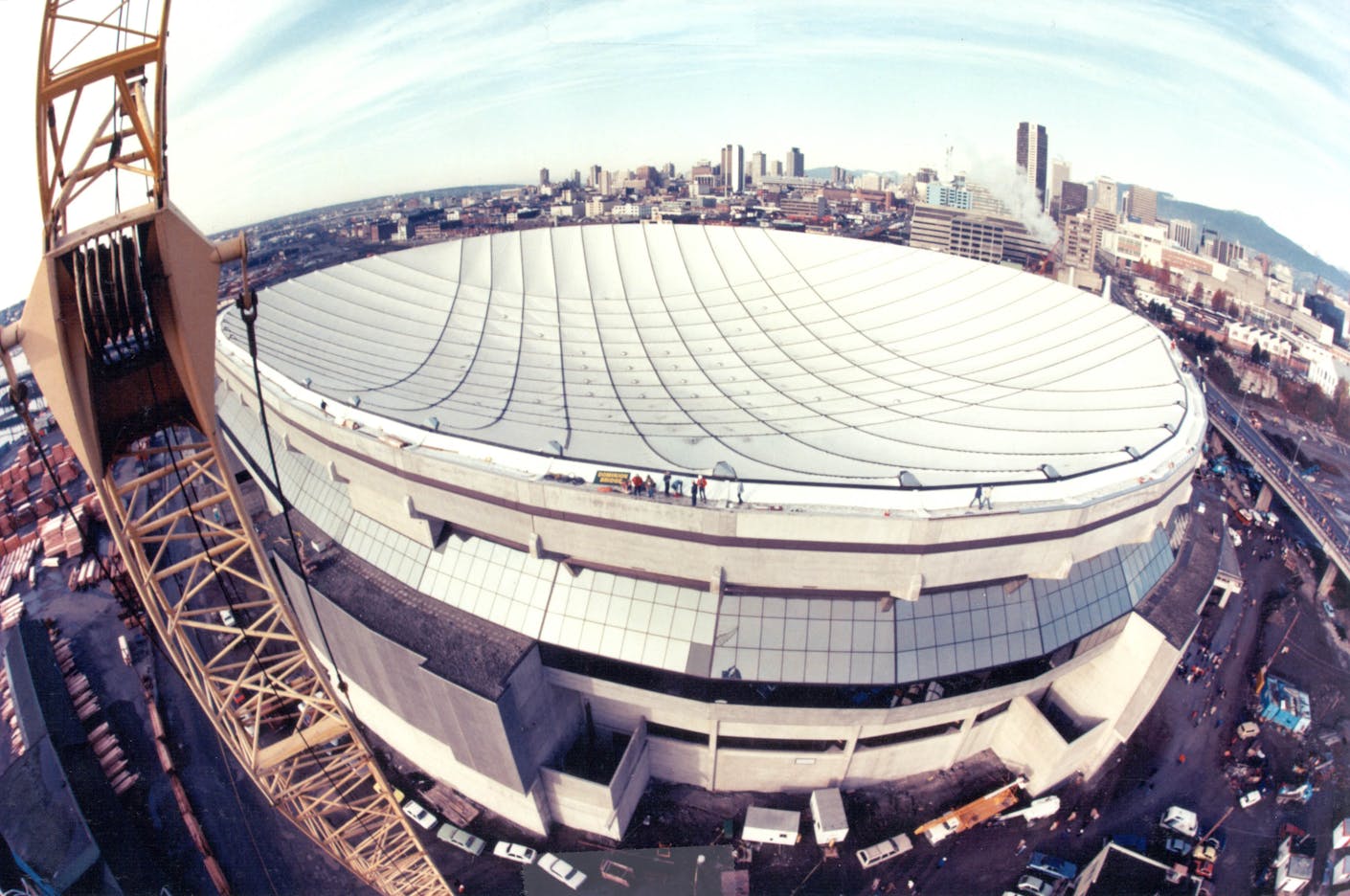
There were a number of enduring memories of the 2011 stadium revitalization project. The collaboration with our partner firm SBP and working with PavCo were highlights. Being on site during the old roof deflation stirred up memories of the original project, combined with a real sense that the project had crossed the Rubicon. The roof was off, the weather was in the stadium and it was a race to get a new roof on to keep the weather out. In August of 2011, I was on site and realized that while there was still very significant work to finish, completion was attainable in September. It was a huge sense of relief, pride, and deep appreciation of the hard work completed and ongoing.
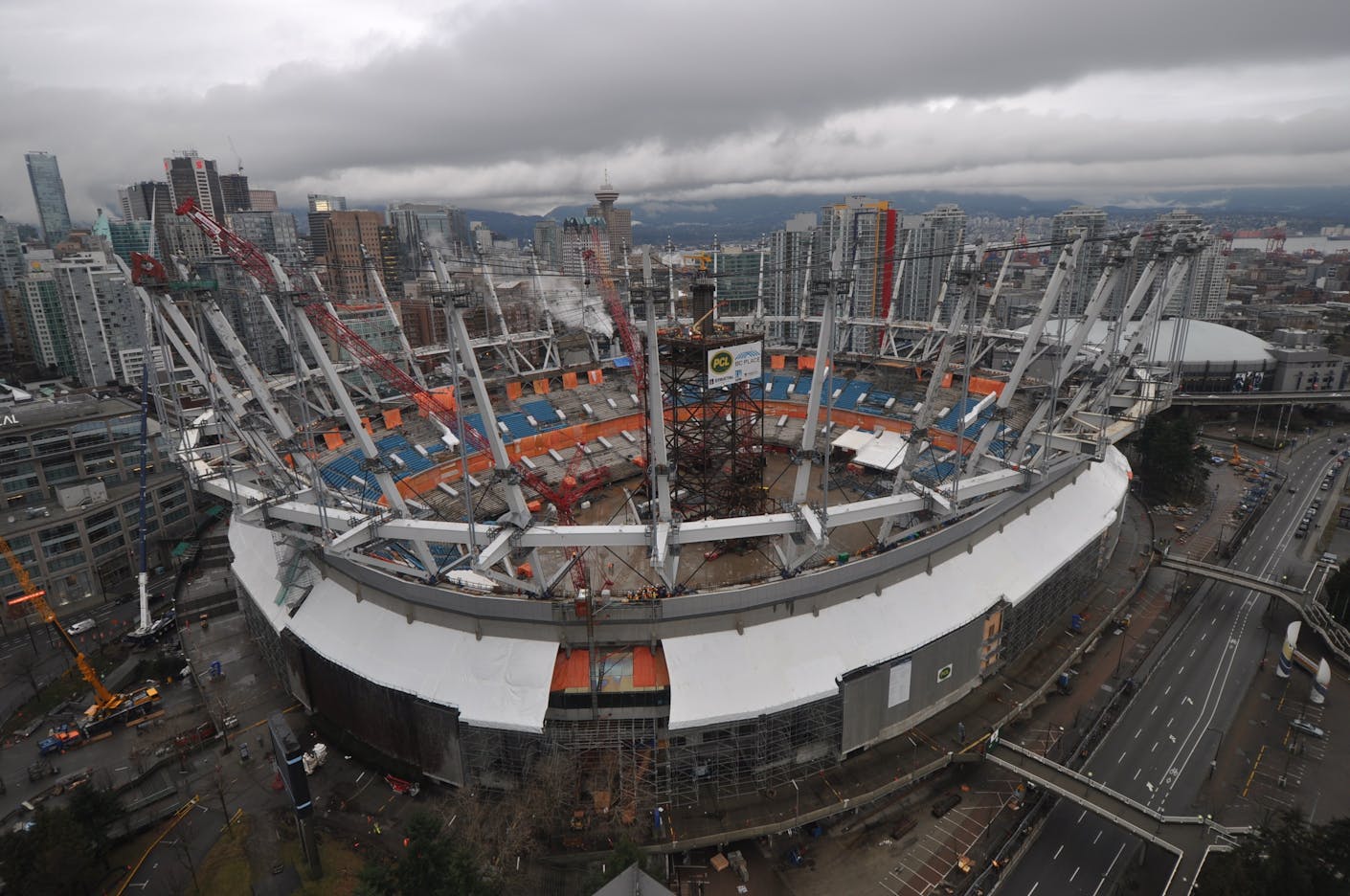
Looking back over 40 years since groundbreaking on the stadium, how would you describe the impact of this facility – both for you personally, and for the community it serves?
When I moved to Vancouver to work on the stadium roof in 1981 I lived on a sailboat in the 'neighborhood' on False Creek by the old Cambie Bridge. Once the stadium was open and operating, the neighborhood changed dramatically and continued to do so for the next 20 years. I am an engineer, not an urban planner, but I believe that PavCo (formerly know as BC Place Corp) successfully leveraged the stadium project to launch this incredible metamorphosis of the False Creek area. Looking at the 'now' and 'then' photos; it is hard to believe. For me professionally, it has been remarkable. It was the first big roof project that I was able to work on from concept to opening. To be able to lead the revitalization project 27 years later from inception to opening again was also indescribably rewarding.

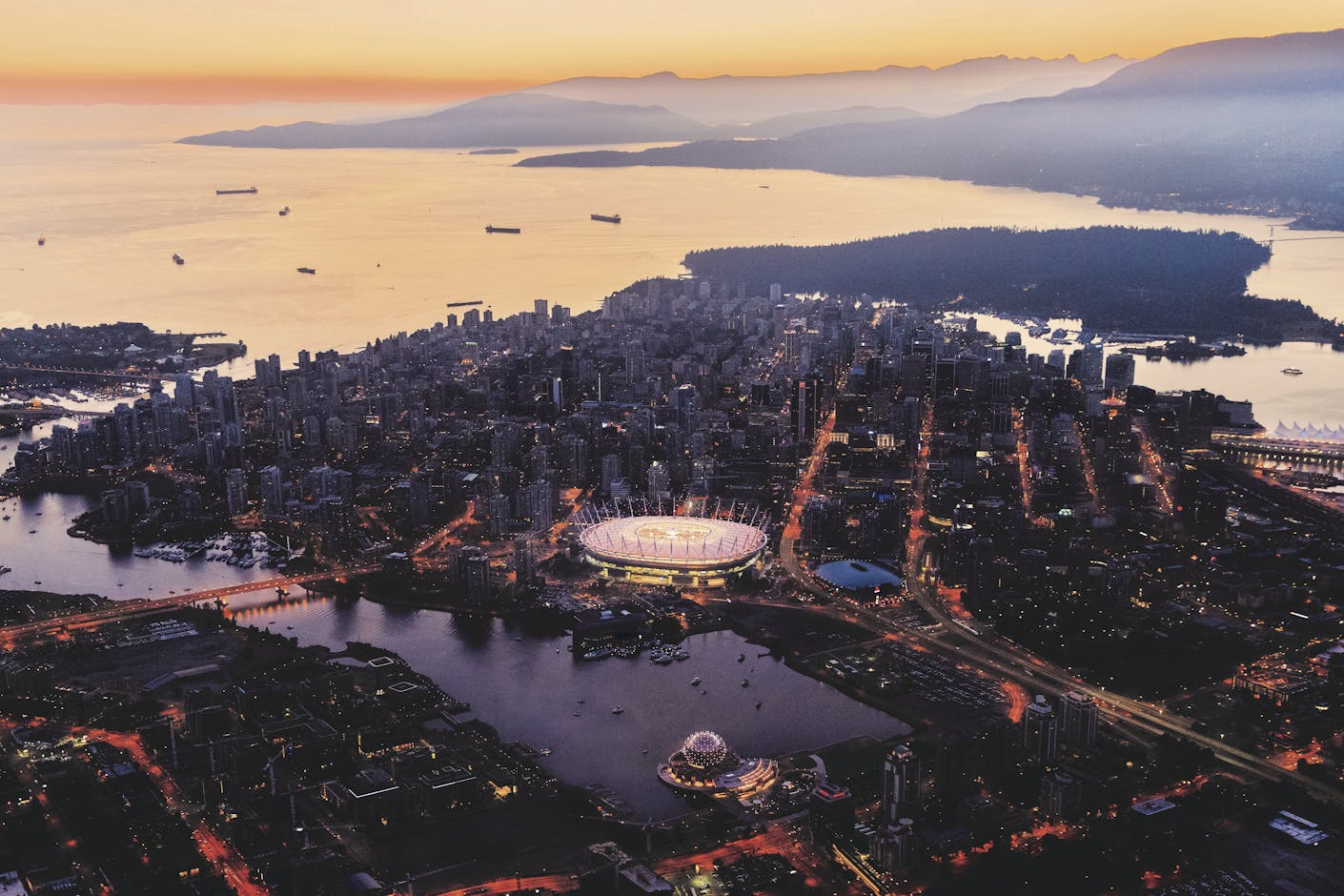
BC Place was the world’s largest air-supported domed stadium when it was originally built and now has the largest cable-supported fabric roof of its kind in the world. How did it feel to embark on these unique projects?
My career goal was to design/engineer long-span roofs. BC place was my first involvement in a position where I got to see the 'big picture' of the design, engineering, and construction of the type of project I had dreamed of doing. The 'largest' was not something I gave much thought about in either endeavor. The process and addressing the challenges and demands of the project commanded my complete attention.
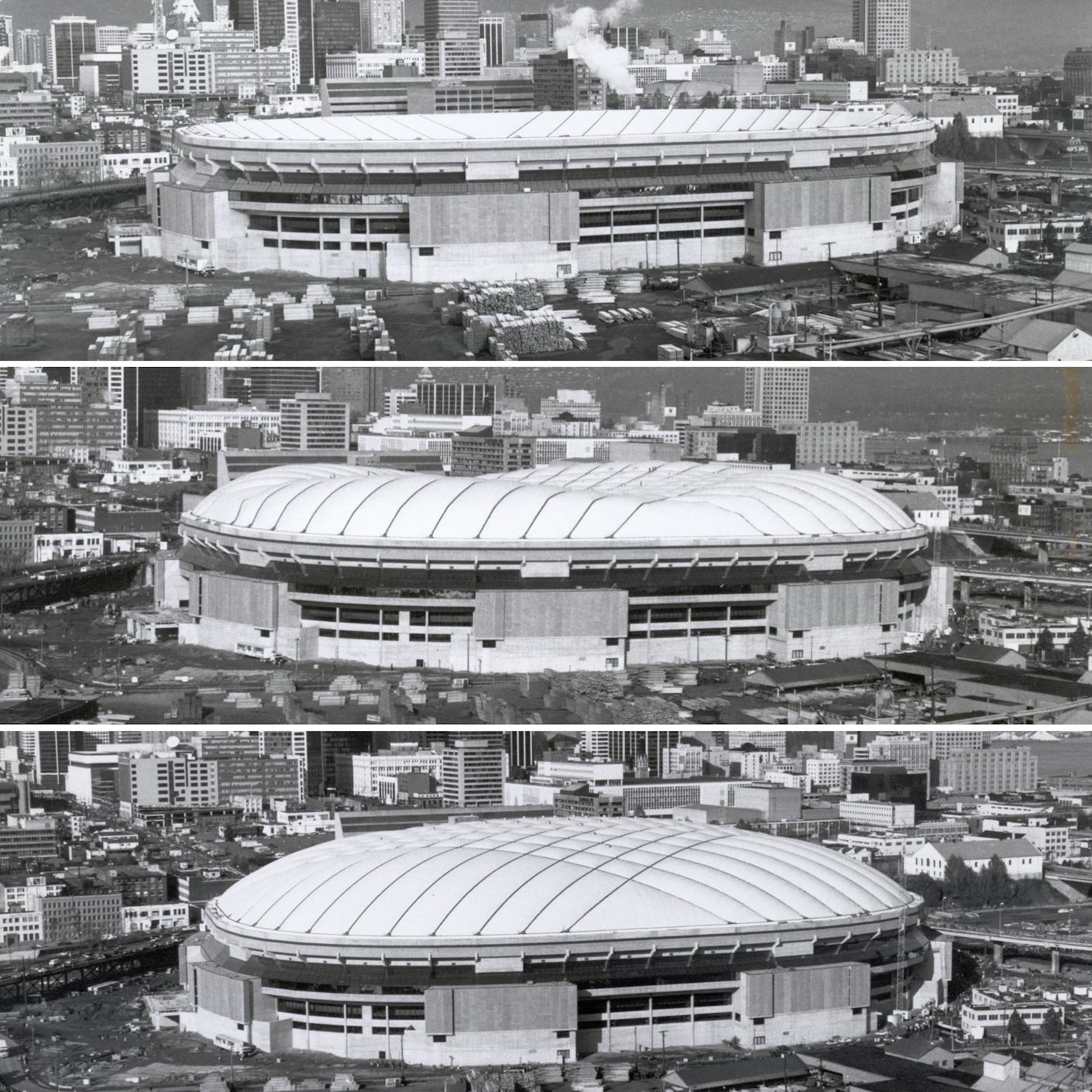
You’ve worked on many place-making projects and stadiums around the world. In your experience, how have you seen these facilities change a community for the better?
BC Place is one of the really great examples how such a facility can be a significant benefit to a community. However, generally, in my experience, sadly, these facilities too often do not better their communities. There are many 'white elephant' stadiums around the world. The two most successful facilities that I have been involved in during my career of over 40 years are BC Place and the Carrier Dome at Syracuse University. They are very different facilities, but what they have in common is in my opinion what makes them successful. They are both knitted into the fabric of their respective communities. They are both operated and managed to serve as a gathering place for multiple events that bring their respective communities together. While there has to be a market demand for such events, it requires the facility management to encourage, attract and successfully host events that suit their communities. As we are now all painfully aware in this pandemic, the excitement of urban environments is the energy of people getting together in constructive and entertaining ways. A facility like BC Place contributes to this, but it does not do so passively by merely existing.
In your opinion, what makes BC Place stand out?
BC Place is so well knitted into the urban fabric of Vancouver, such urban stadium facilities are quite rare in the world. Personally, I think the BC Place interior is one of the best 'big rooms' anywhere, but I am no doubt biased.
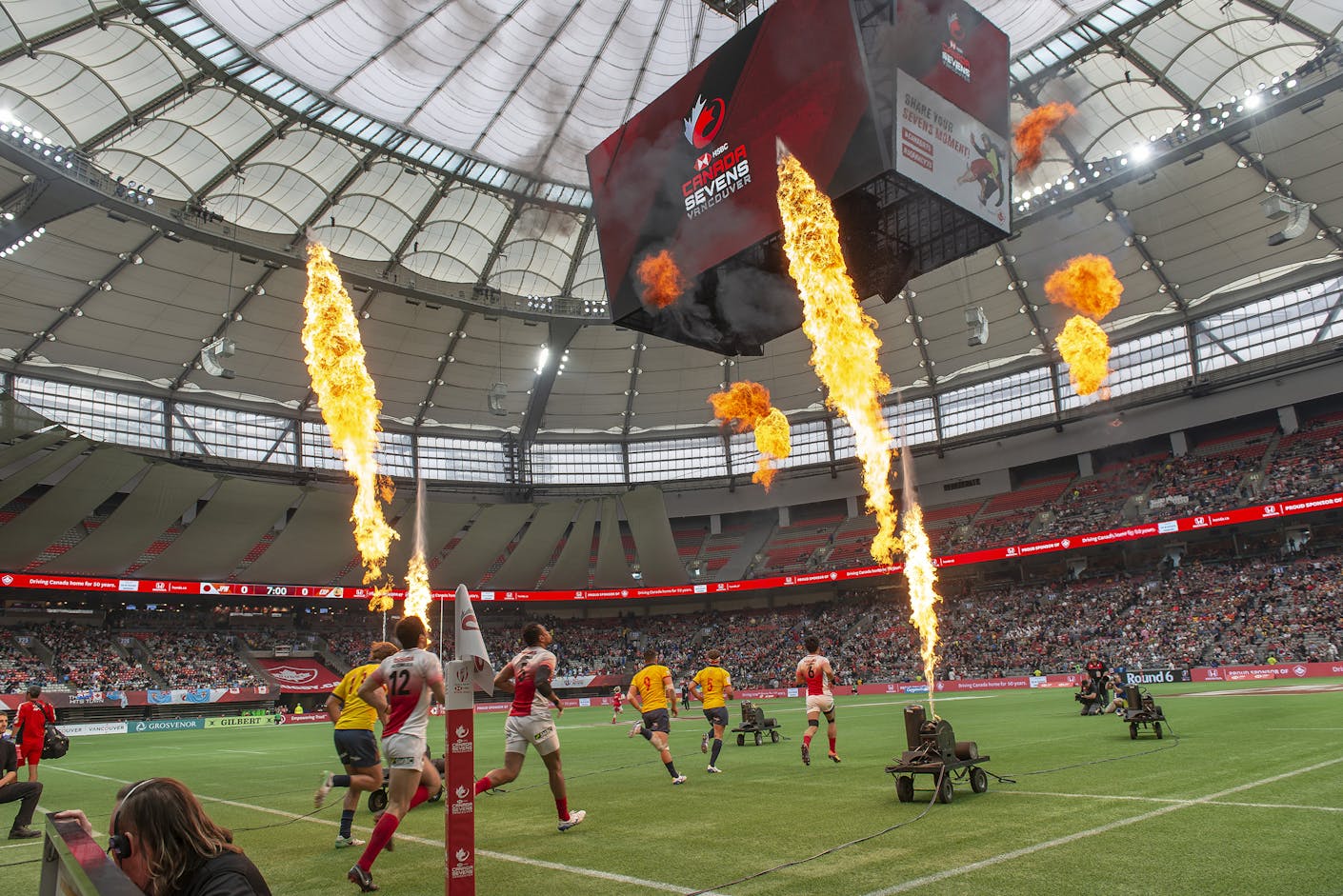
Is there anything you would like to add?
I like to think about what BC Place will be another forty years on. I hope it remains a vibrant gathering place in Vancouver, no doubt hosting events that I cannot conceive of, and possibly having gone through more physical changes than one could imagine.

